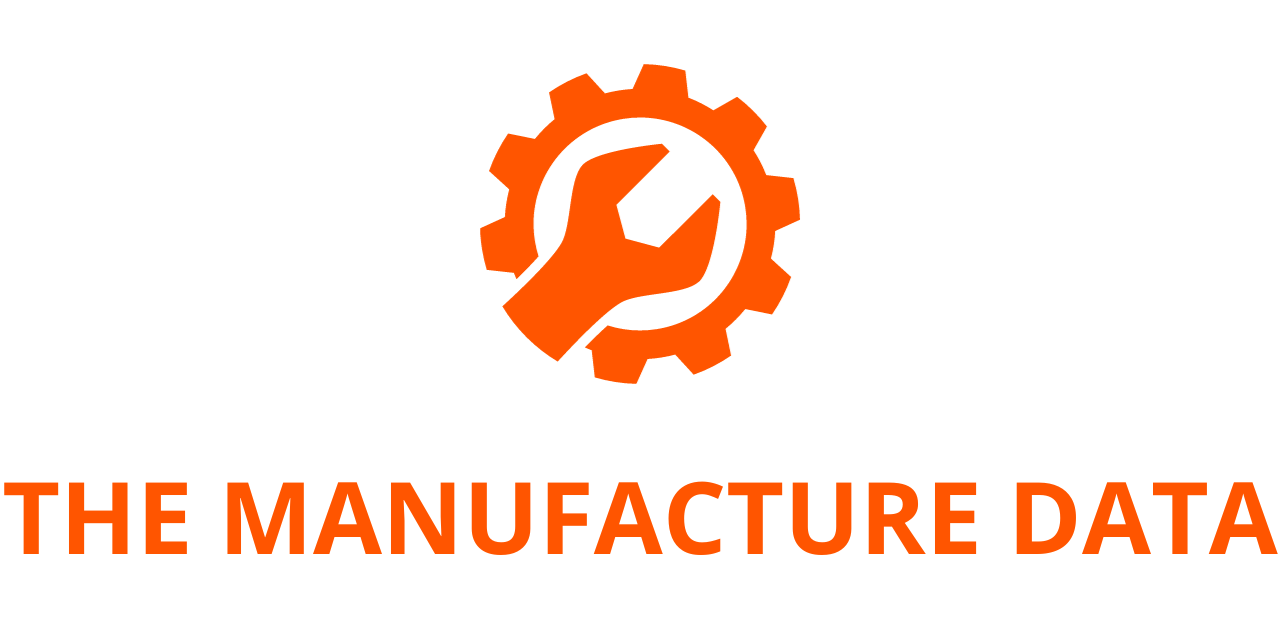
Eastman Reports Third-Quarter 2025 Results Highlighting Strong Cash Generation and Strategic Progress Amid Economic Headwinds
Eastman Chemical Company, a global specialty materials company, announced its financial results for the third quarter of 2025, showcasing resilience and operational discipline in the face of a challenging macroeconomic environment. The company continued to prioritize cash generation, cost management, and progress on sustainability-driven initiatives as it navigates ongoing demand softness across key markets.
Strong Focus on Cash Generation and Cost Discipline
Eastman delivered robust operating cash flow of $402 million, matching the level achieved in the same quarter of 2024. This result underscores the company’s strong focus on cash generation despite persistent global economic challenges and weak end-market demand. The company also reported substantial progress in reducing its inventory levels by approximately $200 million compared with the second quarter of 2025, highlighting its success in executing disciplined working capital management strategies.
Chairman and CEO Mark Costa emphasized the company’s strategic commitment to strengthening its financial foundation:
“Our third-quarter financial results reflect the actions we took to reduce inventory and prioritize cash generation. With the weak macroeconomic environment persisting, our focus on cash generation, disciplined capital allocation, and structural cost reduction is more important than ever.”
Costa added that Eastman is taking decisive actions to position itself for future earnings growth and a strong recovery once market conditions stabilize. He noted that the company is well on track to reduce its cost structure by more than $75 million, net of inflation, in 2025, and an additional $100 million in 2026, as part of a comprehensive efficiency program.
In addition, Eastman continued advancing its circular economy initiatives, particularly in the area of molecular recycling and Renew rPET (recycled polyethylene terephthalate). Costa confirmed that the company made strong progress in securing new customer contracts for Renew rPET, setting the stage for a meaningful ramp-up in volume in 2026.
During the quarter, Eastman also demonstrated its ongoing commitment to returning value to shareholders, distributing $146 million through dividends and share repurchases.
Managing Through a Weakening Economic Landscape
Costa acknowledged that the third quarter brought expected seasonal slowdowns, compounded by ongoing customer inventory adjustments and cautious demand in consumer-facing markets. Many customers, particularly in advanced materials and fibers, had previously built up inventory to offset potential tariff impacts earlier in the year. As those inventories were drawn down, order activity temporarily softened.
Despite these challenges, Eastman’s commercial teams maintained strong pricing discipline and successfully defended market share across its specialty product lines. “Our teams demonstrated commercial excellence in defending both prices and market share while navigating a difficult external environment,” Costa noted.
Companywide Financial Performance: 3Q 2025 vs. 3Q 2024
Eastman’s total sales revenue declined 11% year-over-year, driven by a 10% decrease in sales volume/mix and a 1% decline in average selling prices. The volume reduction was attributed mainly to weaker consumer discretionary markets and customer inventory adjustments following the earlier tariff-related prepositioning.
Earnings before interest and taxes (EBIT) also declined, primarily reflecting lower sales volumes and reduced asset utilization as the company strategically limited production to align with demand and optimize cash flow. While price-cost dynamics remained stable in Eastman’s specialty segments, the Chemical Intermediates division experienced margin compression due to unfavorable competitive conditions.
These headwinds were partially mitigated by ongoing cost-reduction initiatives, improved operational efficiency, and disciplined expense management across all business units.
Segment Performance Breakdown
Advanced Materials
Sales in the Advanced Materials segment decreased 7% year-over-year, largely due to lower sales volumes. Weakness in high-value consumer discretionary markets weighed on the Specialty Plastics product line as customers utilized previously stockpiled materials to offset tariffs and adjust to softer consumer spending.
While underlying automotive demand was relatively stable, aftermarket sales within the Performance Films division declined as consumers reduced spending on vehicle accessories and opted for lower-cost alternatives. Despite these market pressures, prices remained stable thanks to Eastman’s successful pricing and customer relationship strategies.
EBIT for the segment decreased, reflecting lower volumes, reduced asset utilization from inventory reduction actions, and higher energy and tariff costs.
Additives & Functional Products
The Additives & Functional Products segment saw a 4% decline in sales revenue, driven by an 8% reduction in sales volume/mix, partially offset by 3% higher selling prices. The higher prices were mainly due to cost-pass-through contracts that helped mitigate input cost pressures.
Lower volume was primarily linked to timing effects in heat transfer fluid projects, as well as continued weak demand from the building and construction and auto refinish markets. EBIT was slightly lower than the prior year, as decreased volume was nearly offset by lower manufacturing costs and reduced maintenance expenses.
Fibers
The Fibers segment experienced the steepest decline, with sales revenue falling 24% from the prior-year quarter. The decline was driven by significantly lower sales volumes in acetate tow and textile products. Key factors included continued customer inventory destocking, industry-wide capacity adjustments, and lower demand from China amid ongoing global trade disputes.
Customers who had previously built tariff-related inventories in the first half of 2025 further reduced their stock levels during the quarter. EBIT fell sharply, reflecting both the decline in volume and higher input costs for raw materials and energy.
Chemical Intermediates
Sales in the Chemical Intermediates segment declined 16%, primarily due to an 8% drop in sales volumes/mix and an additional 8% decrease in average selling prices. The downturn was largely driven by persistent weakness in the North American building and construction markets.
Eastman also reported unfavorable mix effects, as North American sales — typically associated with higher margins — fell more sharply than export sales. The pricing environment remained under pressure due to oversupply and lower commodity market fundamentals, resulting in compressed spreads across several product lines.
Looking ahead, Eastman remains focused on navigating near-term challenges while preparing for a return to growth as macroeconomic conditions improve. The company expects demand softness to persist in the short term but anticipates gradual recovery in several end markets in 2026 as inventory levels normalize and consumer confidence strengthens.
Key priorities for the remainder of 2025 and 2026 include:
- Sustained cash generation through disciplined working capital and capital expenditure management.
- Cost optimization, targeting over $175 million in cumulative cost structure reductions across two years.
- Advancement of circular economy initiatives, with an emphasis on expanding capacity and customer adoption of molecular recycling technologies.
- Balanced capital allocation, maintaining investment in strategic growth platforms while continuing to return cash to shareholders.
CEO Mark Costa reaffirmed confidence in the company’s long-term strategy:
“We are taking a number of actions expected to create earnings growth next year and position Eastman for a strong recovery when the economy stabilizes. Our innovation-driven portfolio, strong cash discipline, and sustainability leadership will continue to differentiate us in the market.”
Eastman Chemical’s third-quarter 2025 performance reflects a well-managed response to global market volatility. By focusing on operational discipline, cost reduction, and innovation in sustainable materials, the company has maintained financial strength and prepared for future growth opportunities. Despite near-term headwinds, Eastman’s long-term strategic initiatives — particularly in circular economy platforms and specialty materials — are expected to support improved profitability and resilience as the broader economy recovers.




